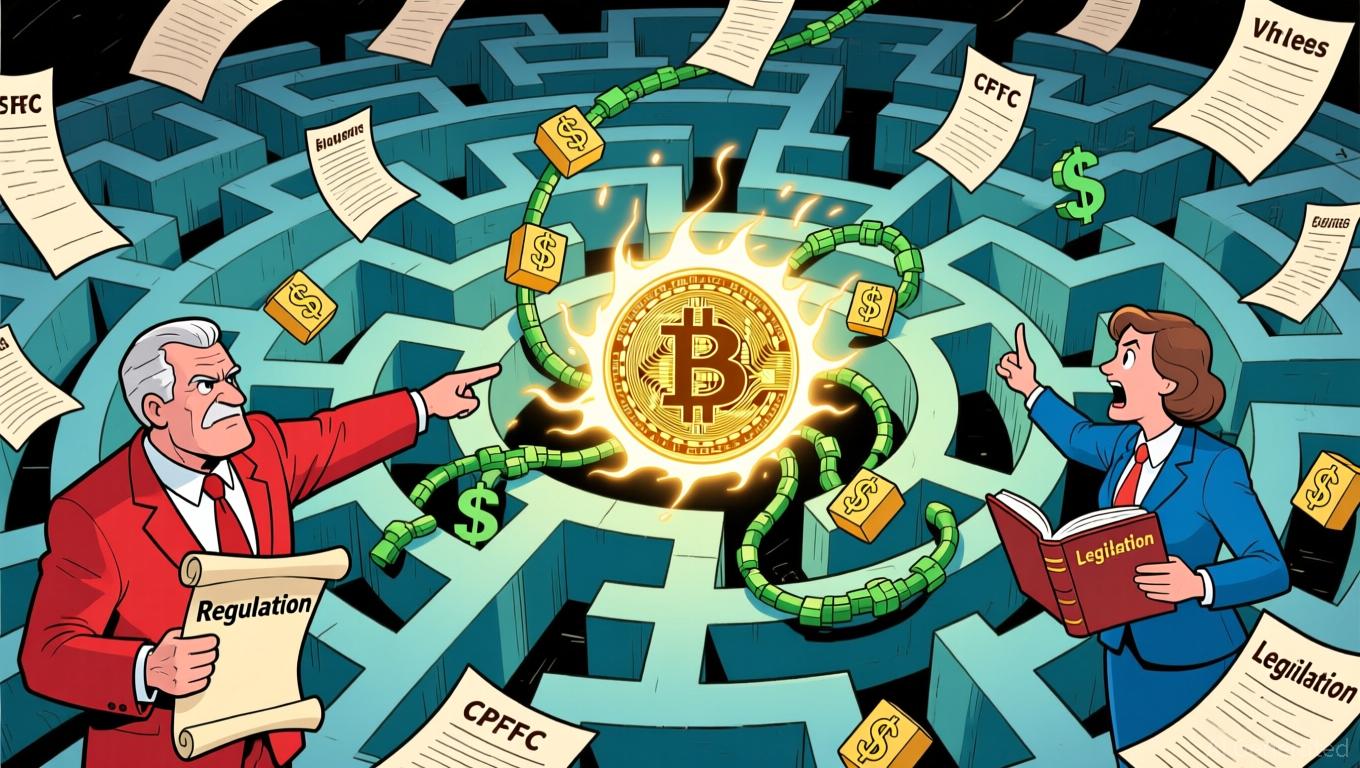3 Countries That Could Send XRP Soaring in 2026
Ripple’s XRP token may be heading for an unexpected tailwind. Three major jurisdictions are preparing regulatory and adoption changes. These changes could transform how institutions use the digital asset in 2026. In an exclusive interview with BeInCrypto, Bitget Wallet CMO Jamie Elkaleh said Japan is likely to deliver the biggest near-term impact for XRP adoption.
Ripple’s XRP token may be heading for an unexpected tailwind. Three major jurisdictions are preparing regulatory and adoption changes. These changes could transform how institutions use the digital asset in 2026.
In an exclusive interview with BeInCrypto, Bitget Wallet CMO Jamie Elkaleh said Japan is likely to deliver the biggest near-term impact for XRP adoption.
“Japan already features live remittance corridors using XRP as a bridge asset. Most notably, SBI Remit operates corridors where transfers from Japan settle into Southeast Asian bank accounts,” he said. Because these corridors are already live rather than experimental, “the path from adoption to visible usage is shorter.”
The UAE Emerges as a High-Potential Market
However, Elkaleh added that the UAE is quickly emerging as another high-potential market. The country’s virtual asset regime, through the Virtual Assets Regulatory Authority (VARA) and the UAE Central Bank, has created an environment tailor-made for crypto payment infrastructure. “A regulatory regime tailored to virtual assets and a growing presence of Ripple Labs in the region make it a strong candidate for next-wave adoption,” he noted.
Meanwhile, Europe is setting the stage for long-term scalability through its Markets in Crypto-Assets (MiCA) framework. Although the regulation is now in effect, regulators are still finalising several secondary rules. Transition periods extending into 2026 mean the framework is still maturing. But Elkaleh cautioned that adoption there could take longer: “Institutions tend to move cautiously and the rails are still consolidating.”
Real-World XRP Usage Drives Adoption
Ripple’s advantage, Elkaleh said, is that Japan has already moved beyond pilot projects. “The remittance operations using XRP by SBI Remit are live and accessible, demonstrating that XRP is being used in real operational settings,” he explained. This means scaling up is now a matter of volume, not validation.
The UAE and wider MENA region are nearing a tipping point. Regulatory frameworks are aligning. VARA licensing, Ripple’s DFSA license in Dubai, and partnerships in Bahrain reduce compliance and legal hurdles for formal settlements. While these flows don’t yet match Japan’s scale, “the ecosystem is poised for expansion.”
In light of this, Elkaleh said that in Europe, progress will likely be slower. “MiCA and related regulatory clarity are preparing banks and remittance firms, but institutions are likely to deploy large-scale XRP-based settlement further out,” he said.
Regulatory Clarity Could Trigger Market Moves in Stages
Looking ahead, Elkaleh believes that regulatory clarity in 2026 could translate into market price action for XRP, and could unfold in specific stages throughout the year. “For regions with existing corridors and active projects, new flows could materialize within months after regulatory green-lights. In other regions, particularly Europe, the conversion from clarity to scale might take 12 to 24 months. Institutions will need to align treasury policies, integrate systems, and begin live XRP settlement,” he said.
Ultimately, the Bitget Wallet executive said, price movements will follow real-world adoption: “Markets tend to respond not simply to regulatory announcements but to evidence of actual usage, liquidity and adoption metrics.”
Together, these changes create a rare alignment across Asia, the Middle East, and Europe, combining regulatory clarity with operational momentum. For XRP investors and crypto watchers, 2026 may be the year the token’s utility, not speculation, starts to drive market value.
Disclaimer: The content of this article solely reflects the author's opinion and does not represent the platform in any capacity. This article is not intended to serve as a reference for making investment decisions.
You may also like
Ethereum Updates: Hyperliquid’s Leading Short Seller Reduces Exposure by 65% Amid Crypto Market Volatility and Strategic Pullback
- Hyperliquid's top short seller cut exposure by 65% in November, closing XPL and multi-asset derivatives positions amid crypto market volatility. - Whale 0x9ee's $270M short portfolio contrasts with $241M in ETH/XRP longs, while Abraxas Capital shifted to ASTER longs as market sentiment diverged. - HYPE token's 38% drop in futures open interest and technical breakdowns, plus a $5M liquidity incident, highlight DEX vulnerabilities and investor uncertainty. - Broader crypto whale activity shows mixed strate

Bitcoin News Update: Pi Network Revamps App Studio—Charting a Web3 Future Amid Bitcoin’s Influence
- Pi Network's App Studio introduces AI tools and expanded app limits, advancing its decentralized app ecosystem. - Platform upgrades include hybrid development workflows, 100-project user limits, and smart contract optimization to boost scalability. - Despite 1.5M apps and $1.2B in transactions, Pi Coin faces Bitcoin's dominance as crypto markets shift toward equity correlations. - Mainnet launch could unlock $0.10–$0.50 valuation potential, but adoption depends on competing with Bitcoin's institutional t

Bitcoin Updates: El Salvador Challenges IMF with $100 Million Bitcoin Purchase, Igniting Worldwide Discussion
- El Salvador spent $100M to buy 1,098 BTC, defying IMF restrictions under its $1.4B loan agreement. - The purchase aims to diversify reserves and reduce U.S. dollar dependency amid market volatility. - Only 8.1% of Salvadorans use Bitcoin now (vs. 25.7% in 2021), while reserves lost $45M in value by 2023. - The move sparks global debate on crypto's role in central banking and emerging markets' financial strategies.
Crypto Oversight Battle Heats Up Amid SEC Retreat
- The SEC excluded crypto from its 2026 priorities, shifting focus from digital assets to cybersecurity and AI risks under Chair Paul Atkins. - This aligns with Trump's deregulation agenda, contrasting with prior years' emphasis on crypto ETFs and blockchain oversight under Gensler. - Legislative proposals like the Digital Asset Market Structure Bill aim to clarify CFTC/SEC jurisdiction over digital commodities and "ancillary assets." - Market uncertainty persists as overlapping regulatory frameworks and e

